Artist's Notes
“By lying and deceiving, no one has found Hari; whatever you plant, you will eat.”
– Guru Ram Das ji (Guru Granth Sahib, 40)
Guru Hari Gobind ji is known as Guru Hari Govind ji in Guru Granth Sahib, and is popularly known as Guru Hargobind or Guru Har Gobind. He is the sixth Guru in the lineage of Guru Nanak Dev ji. Guru Hari Gobind ji was born in the home of Mata Ganga Devi ji and Pita Guru Arjun Dev ji (also known as Guru Arjan).
After Guru Arjun Dev ji’s martyrdom, after his execution by the Mughal ruler Jahangir, Guru Hari Gobind ji picked up arms in order to protect the Saints, from such tyrants.
This painting by artist Bhagat Singh is based on the miniature painting believed to have been commissioned by Bhai Bidhi Chand ji (a sikh who had recaptured the stolen horses that were originally gifted to Guru ji), and also the paintings in the collection of Bhai Rupa ji (who was given many gifts by the Guru and who had treasured them and kept them safe). Guru Hari Gobind ji is the vanquisher of armies, and a benevolent warrior. In this painting Guru ji is adorned in white robes and a bright red turban. Behind him is an aura of Bir Ras, the Essence of Warriors.
Early Life
In his early life, Guru ji survived poisoning attempts by his uncle, who wanted Guru ji killed so that his son could become the next Guru. As he grew, Guru ji studied shaastar vidya, study of religious texts, under Bhai Gurdas ji and shastar vidya, the art of weapons, under Baba Buddha ji. From a young age, Guru ji learned the teachings of the previous Gurus and Saints, along with philosophical scriptures like Upanishads, religious scriptures like Ramayan and Bhagawad Gita.
From a young age, Guru ji learned the history of Saints like Prahlaad ji and Hanuman ji. He learned about the path of Exalted men, who possessed the essence of warriors and saints, who developed great meditative capabilities as well as physical prowess, and who devoted their entire life to the Highest Ideal. Under the mentorship of his elders, he continued to excel at learning the path of responsibility and meditation.
Gurgaddi Ceremony
When Guru ji’s father, Guru Arjun Dev ji, was called by Jahangir, he instructed Guru ji to follow the path of the Saints. After his father was unjustly executed by Jahangir, Guru ji was was given gurgaddi. He was only eleven years old at that time.
Previously gurgaddi ceremonies had been conducted with an aarti plate, where the Guru would be adorned in a seli (string) and topi (cap), and tilak would be placed on their forehead. In Guru ji’s ceremony, he requested that the seli and topi be stored away and that he be adorned with the dumalla (turban) and two talwaran (curved swords).
This change in attire was Guru ji’s plan for the future. The two swords represented this. One symbolized physical capability and political strength. The other symbolized spirituality and virtues. Together these swords forged the path of rising to the highest level of being.
To be highly capable in the material world, while remaining detached from it – this was the teaching of great beings like Prahlaad ji and Hanuman ji. This was the teaching of the Gurus before him. This was the teachings of the Saints like Kabir ji. This had been symbolized by Guru Hari Gobind ji in the ceremony.
We would later see this ideal in action in Guru ji’s life itself, and this ceremony would become the origins of the tradition of wearing a turban and carrying arms, amongst the members of the sikh community.
To be continued…
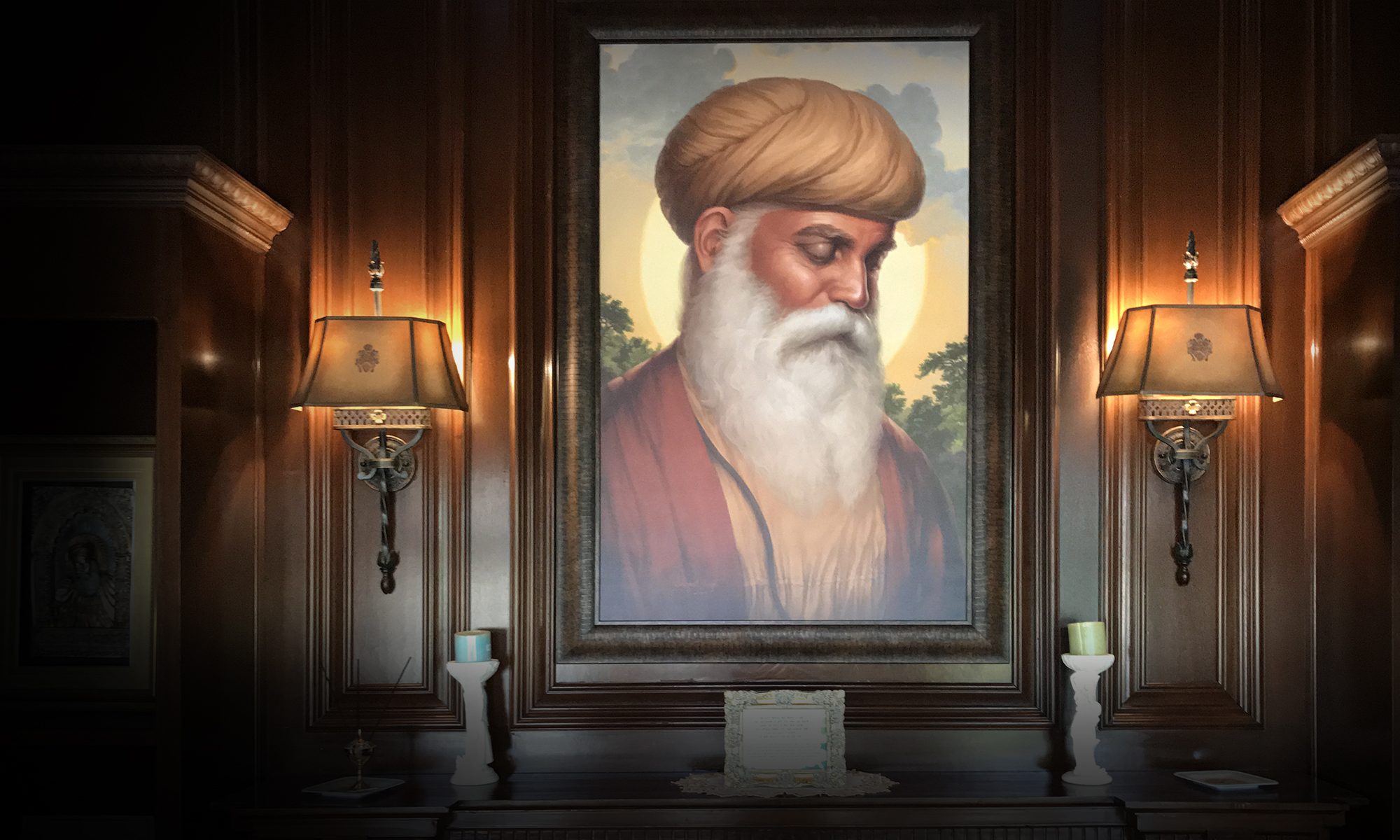

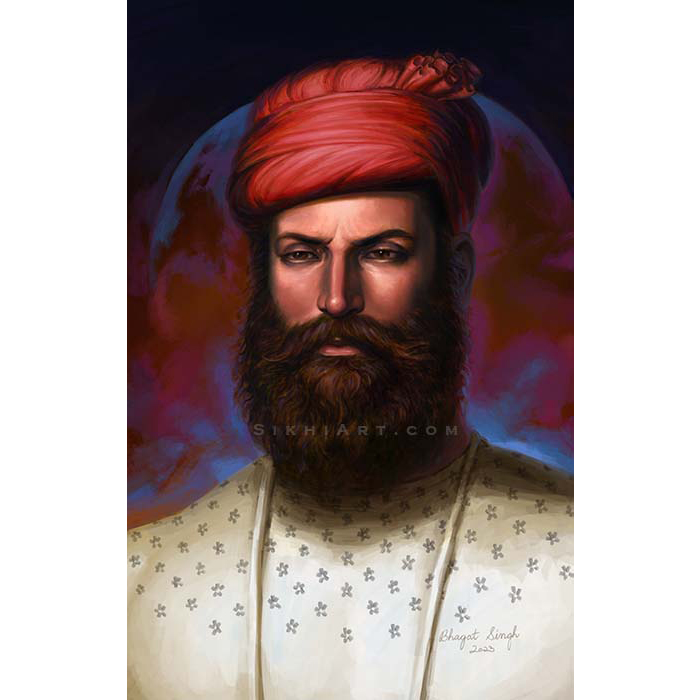
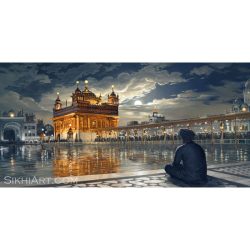
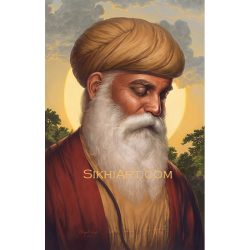
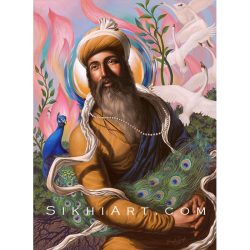
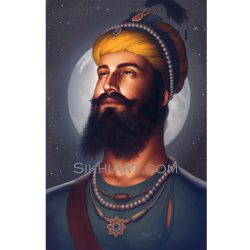
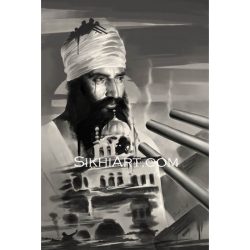
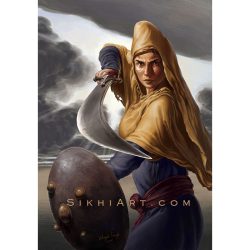
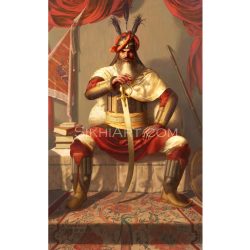

Reviews
There are no reviews yet.